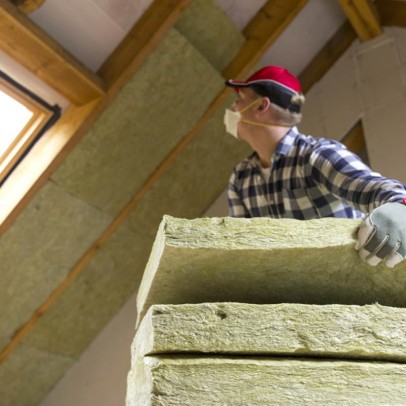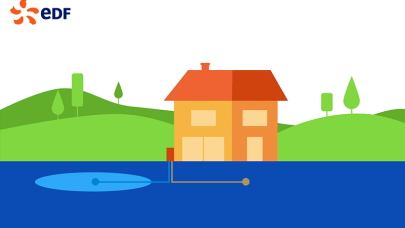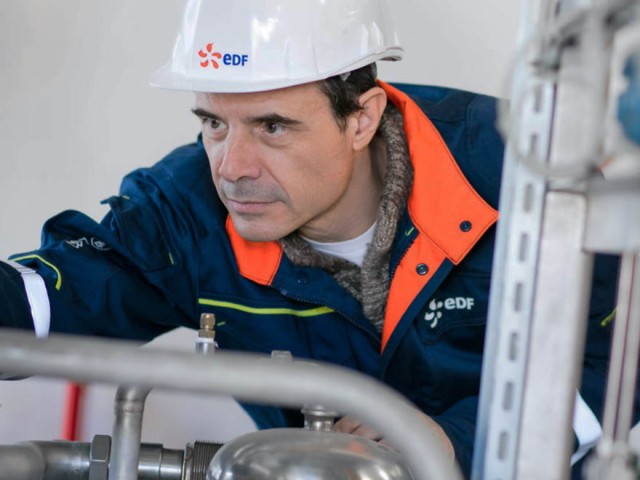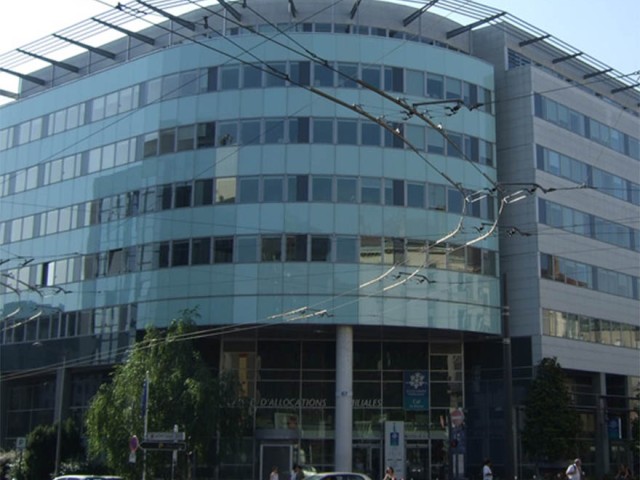In the face of the urgency of climate-related issues, reducing CO₂ emissions is a priority. The building sector is a real lever for reducing the carbon footprint and achieving energy savings.
Heat pumps, heat networks and high-performance insulation are all cost-effective[1] and more environmentally-friendly solutions to speed up the development of low-carbon buildings.
Representing 27% of emissions in France[2], building is the 2nd largest CO₂ emitting sector after transport.

Energy renovation to reduce CO₂ emissions in buildings
Energy renovation is a major driver in the reduction of the carbon footprint of buildings. It enables the reduction of energy bills, the improvement of occupant comfort and the limitation of CO₂ emissions.
Insulation, ventilation and the replacement of heating systems are all solutions to improve the energy and environmental performance of housing and tertiary buildings. Financial aid[3] for works also exists.
The heat pump, a more cost-effective and environmentally-friendly solution, for both new and existing buildings
The heat pump is energy efficient and enables a home to be heated and cooled using renewable resources (air, water, soil). It is a future solution proposed by EDF, replacing fuel oil or gas boilers.
The HP, the solution that emits the least CO2 per KWh*
-
> 300g
Fuel oil heating
-
220g
Gas heating
-
79g
Electric heating
-
< 40g
Heat pump
* Quantity of CO₂ emitted per KWh heat produced per unit

Your browser does not support javascript.
To enable you to access the information, we suggest you view the video in a new tab.
How does it work?
Easy to operate, the HP captures the heat or cold naturally present in air, water or soil to heat or cool your indoor space and produce domestic hot water.
How can I get equipped? How can I finance this?
The heat pump
What are the advantages?
With an average production of 4 kWh of heat for 1 kWh of electricity consumed, the heat pump (HP) enables both the control of energy bills and a significant reduction in CO₂ emissions from buildings.
- Good idea for the climate : by replacing your old gas or oil boiler with a heat pump, you can reduce your CO₂ emissions by up to 90%[4].
- Good idea for bills : up to 50% savings on your heating budget by replacing your gas or oil-fired boiler with a heat pump[5].
To learn more about heat pumps
Housing, public, tertiary or industrial infrastructures, there is a heat pump suited to each building. Check out examples of high-performance equipment for the low-carbon construction and renovation of buildings.
[1] Thanks to the energy savings they deliver over time, these solutions constitute an investment that rapidly pays for itself.
[2] Everything you need to know about energy renovation. Ministry of Ecological Transition website [in French].
[3] Find out more about grants. EDF Residential website [in French].
[4] Source EDF R&D, June 2024 - Calculation of heating and Domestic hot water (DHW) savings for a poorly insulated detached house built in 1955, 100m², zone H1.
[5] Source EDF, July 2024 - estimated average savings on heating costs by replacing an oil-fired boiler (50% on average) or a gas-fired boiler (40% on average) with an air-to-water heat pump. Savings including tax: achieved over the last three years for a customer in a moderately insulated detached house, with an average heating requirement of 15MWh / year and calculated on the basis of the following tariffs: TRV base option (electricity), CRE benchmark price (gas) and SDES data (heating oil). Heating period from 1st October to 1st May.




